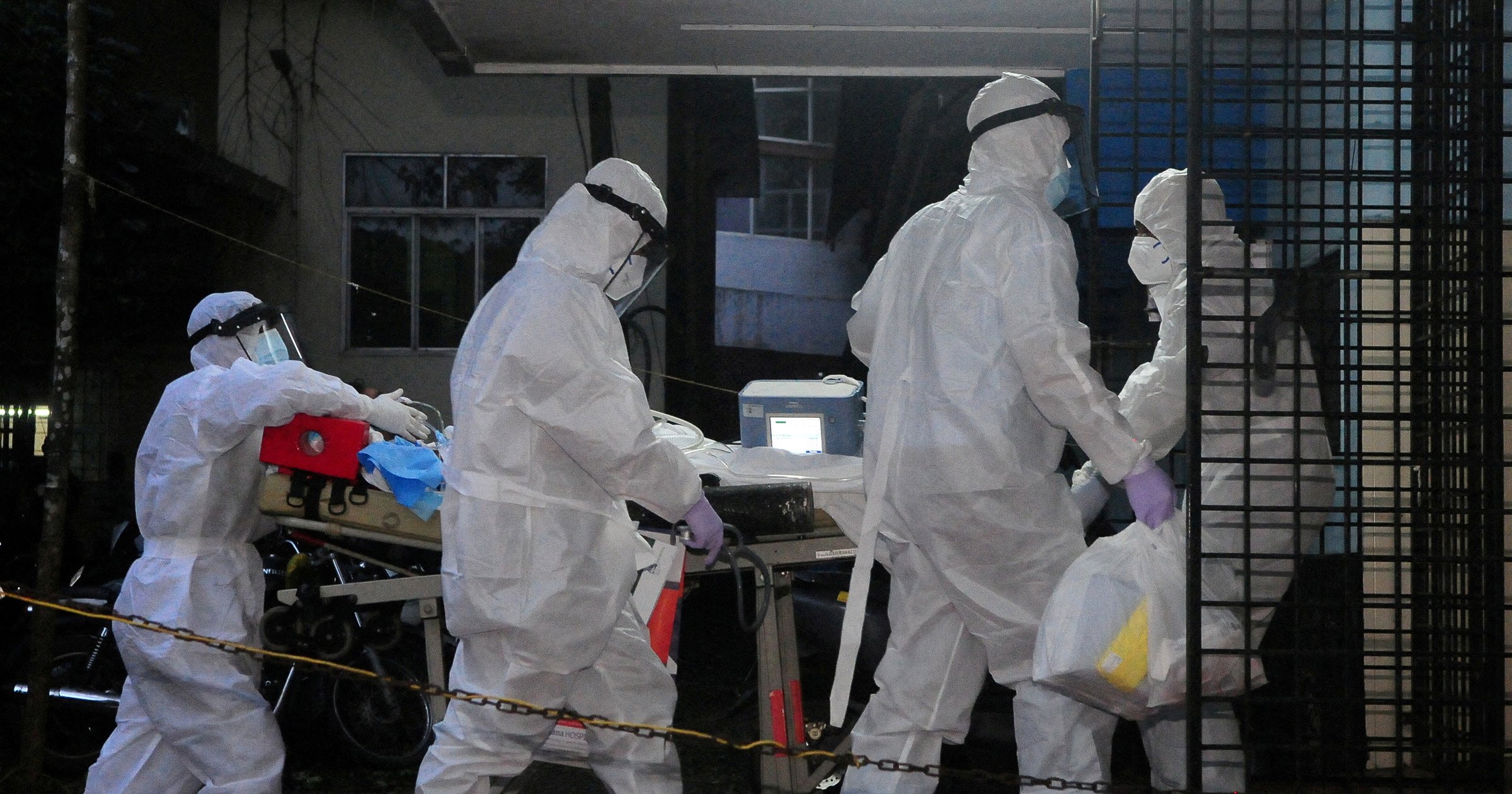
STUDENT DIES FROM HIGHLY DANGEROUS INCURABLE VIRUS
A student has died of brain-swelling fever caused by a virus on the World Health Organization watchlist.
The patient, 24, is the second person to die from a Nipah infection in the same town in southern India in three months, after a 14-year-old boy died in July.
Officials said 151 people who were in contact with the student victim are now being monitored to check they don’t show symptoms, in order to control the spread.
There is no vaccine to prevent Nipah, and no treatment to cure it, with patients given supportive care but ultimately having to fight the illness off themselves.
Its fatality rate is estimated at between 40% and 70% of patients, and around 20% of those who survive are left with ongoing neurological problems such as seizures or personality changes.
Although some people show no symptoms at all once infected, others develop fever and muscle pain, and in severe cases brain swelling, which can progress to a coma in 24 to 28 hours.
The virus was only discovered in 1999, in Malaysia, and is mainly spread from pigs or fruit bats to people, or from contaminated food, although human-to-human transmission can also happen.
The student who died this month, who had come from Bengaluru, started showing symptoms on September 4 and died five days later, said R. Renuka, a district medical officer in the town of Malappuram, located in the north of the state of Kerala.
A blood sample sent to the National Institute of Virology in Pune confirmed a Nipah infection on September 9, Renuka said.
Five other people who have developed primary symptoms have had blood samples drawn and they were sent for tests, she said, without saying if they were primary contacts of the dead person.
Symptoms of Nipah virus
Human infections range from asymptomatic to acute respiratory infection (mild, severe), and fatal encephalitis. Initial symptoms include:
- Fever
- Headaches
- Myalgia (muscle pain)
- Vomiting
- Sore throat
This can be followed by:
- Dizziness
- Drowsiness
- Altered consciousness
- Brain swelling
- Seizures
- Coma
Some people can also experience atypical pneumonia and severe breathing problems, including acute respiratory distress.
The incubation period (time from infection to when symptoms start) is believed to range generally from 4 to 14 days.Approximately 20% of patients are left with residual neurological consequences such as seizure disorder and personality changes. The case fatality rate is estimated at 40% to 75%, which can vary by outbreak depending on local capabilities.
Source: World Health Organisation
Nipah has been linked to the deaths of dozens of people in Kerala since its first appearance in the state in 2018.
Parts of the state are among those most at risk globally for outbreaks of the virus.
Nipah is classified as a priority pathogen by the World Health Organization because of its potential to trigger an epidemic and because we do not yet have a vaccine or a cure.
Other viruses on the epidemic priority list include Ebola, Marburg, Lassa Fever, Zika and SARS. They are listed urgently needing more research and development to try and find effective ways to respond to them.
Get in touch with our news team by emailing us at [email protected].
For more stories like this, check our news page.
Get your need-to-know latest news, feel-good stories, analysis and more by signing up to Metro's News Updates newsletter
2024-09-16T08:06:42Z dg43tfdfdgfd